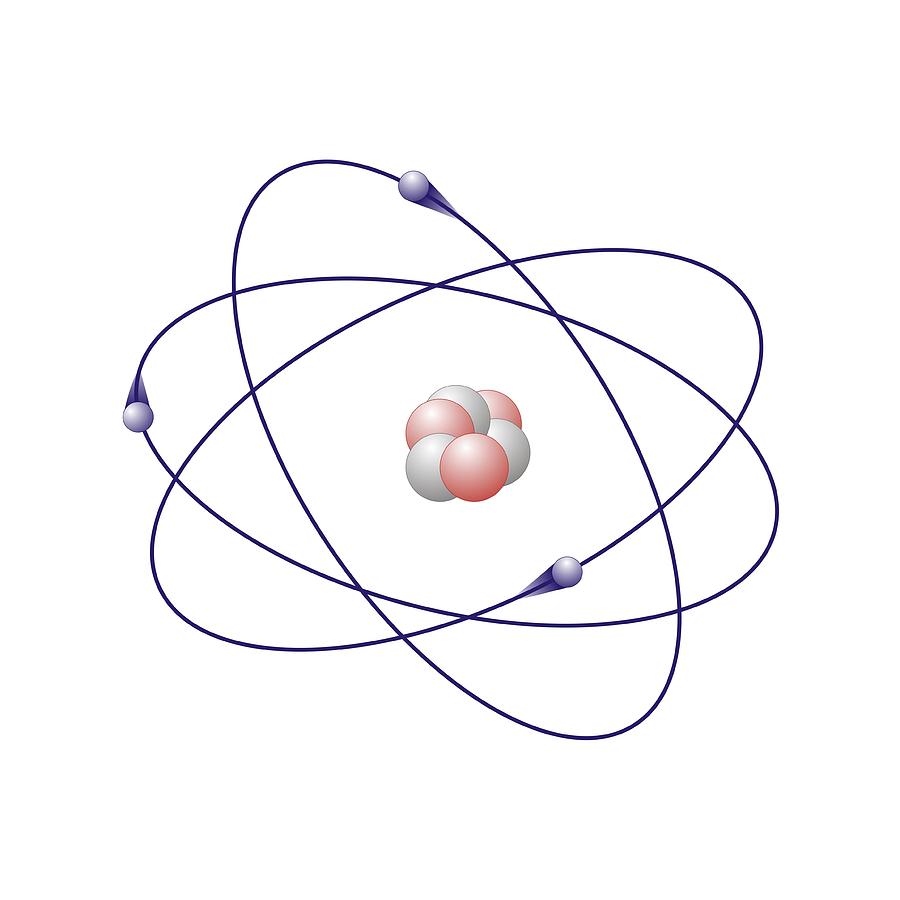
Graphite is by far the most common anode material in conventional lithium-ion batteries. Lithium metal is the winner in energy density, but each has its challenges. When it comes to anodes for EV batteries, there are three leading contenders: graphite, silicon and lithium metal. The most important characteristics of an anode material are its capacity and voltage, which together dictate its overall energy storage capability. When it comes to choosing a material for a lithium-based battery anode, there are various options. Also, like many other metals, lithium can be recycled and reused to make new batteries. Lithium is rarely found in high concentrations, so collecting lithium can be tricky, but better and more environmentally friendly methods are being developed and deployed. Like chlorine, lithium is typically found in salts all over the world, in clay, hot springs, and even seawater.

It’s roughly as common as chlorine, which is found in everyday table salt (sodium chloride). Lithium is abundant: there is enough lithium in the Earth’s crust to make 100 million electric vehicles per year for the next billion years. This means that lithium-ion batteries have a relatively high voltage compared to other types of batteries, and higher voltage translates to storing more energy. Because of this, sodium-based batteries will always be at a significant disadvantage when it comes to energy density.Īlkali metals readily give up electrons, and lithium has the lowest reduction potential in the group. Compare this with sodium (Na), the next element in the alkali metals group: sodium is approximately three times more massive than lithium. Because lithium atoms are less massive than atoms of other elements, it is an excellent material for use cases where weight and size matter, such as consumer electronics or electric vehicles. Lithium is part of a group of elements known as alkali metals, which have several properties in common – they are all soft, have low melting points and are highly reactive. Lithium is the lightest metal on the periodic table and can store a lot of energy relative to its mass. So, what is it about lithium that makes it so attractive for electric vehicles? Many elements can be used in rechargeable batteries. But why are lithium-metal anodes such a sought-after goal in battery science? Here, we’ll try to shed some light on the excitement around lithium metal. Rechargeable lithium-metal batteries have been the subject of intense research for decades, and today they seem closer than ever to reaching the marketplace.


 0 kommentar(er)
0 kommentar(er)
